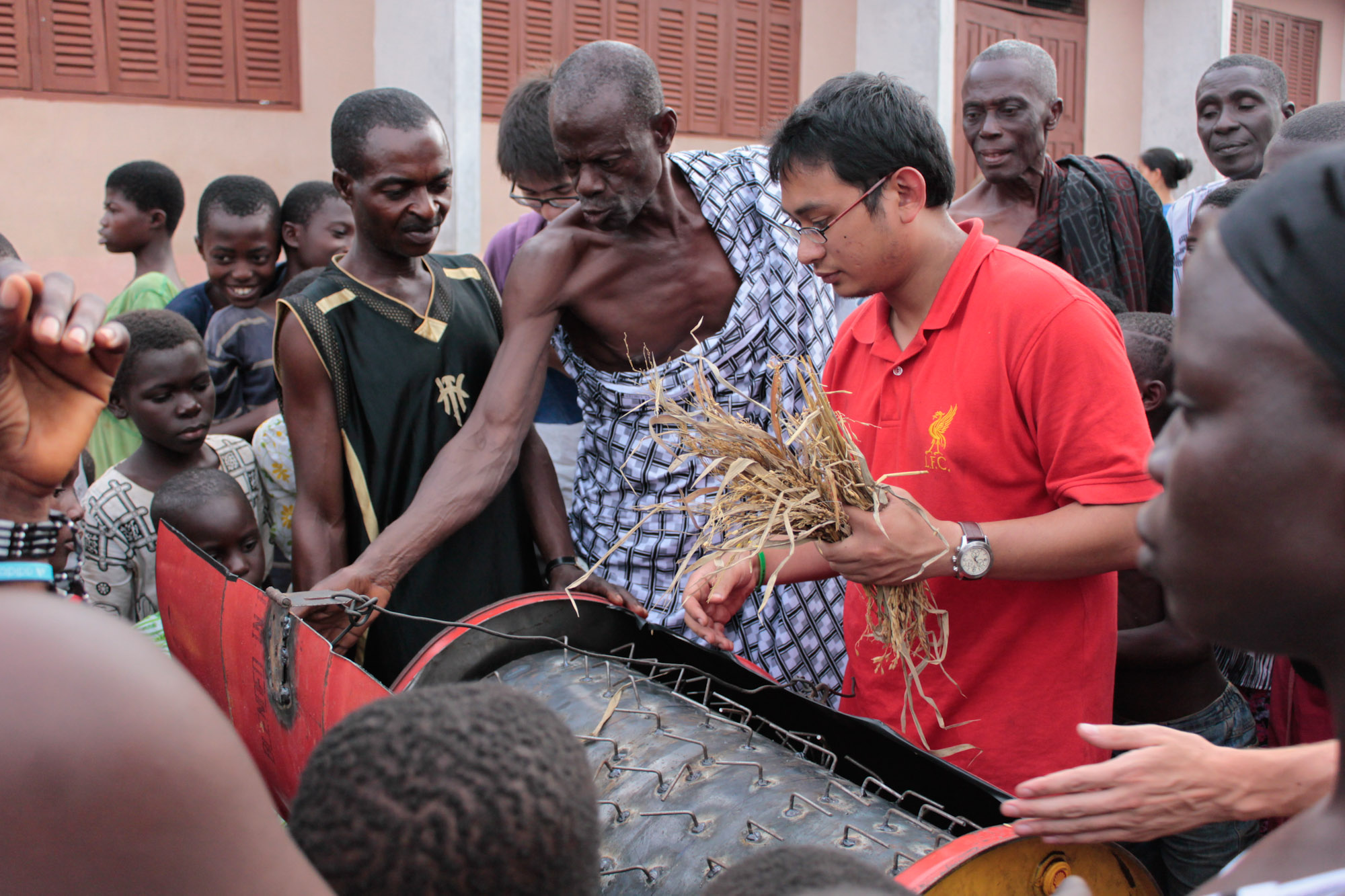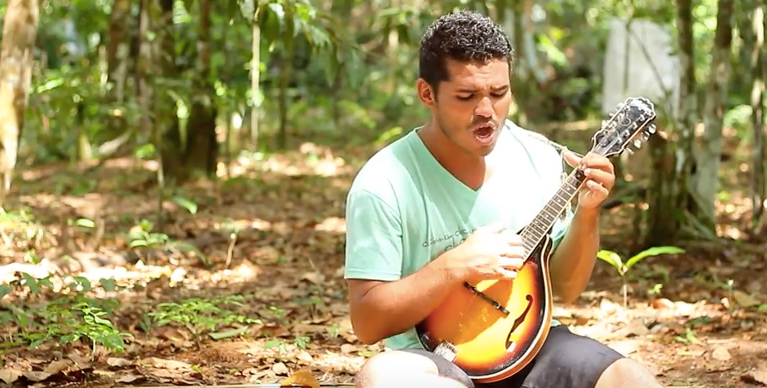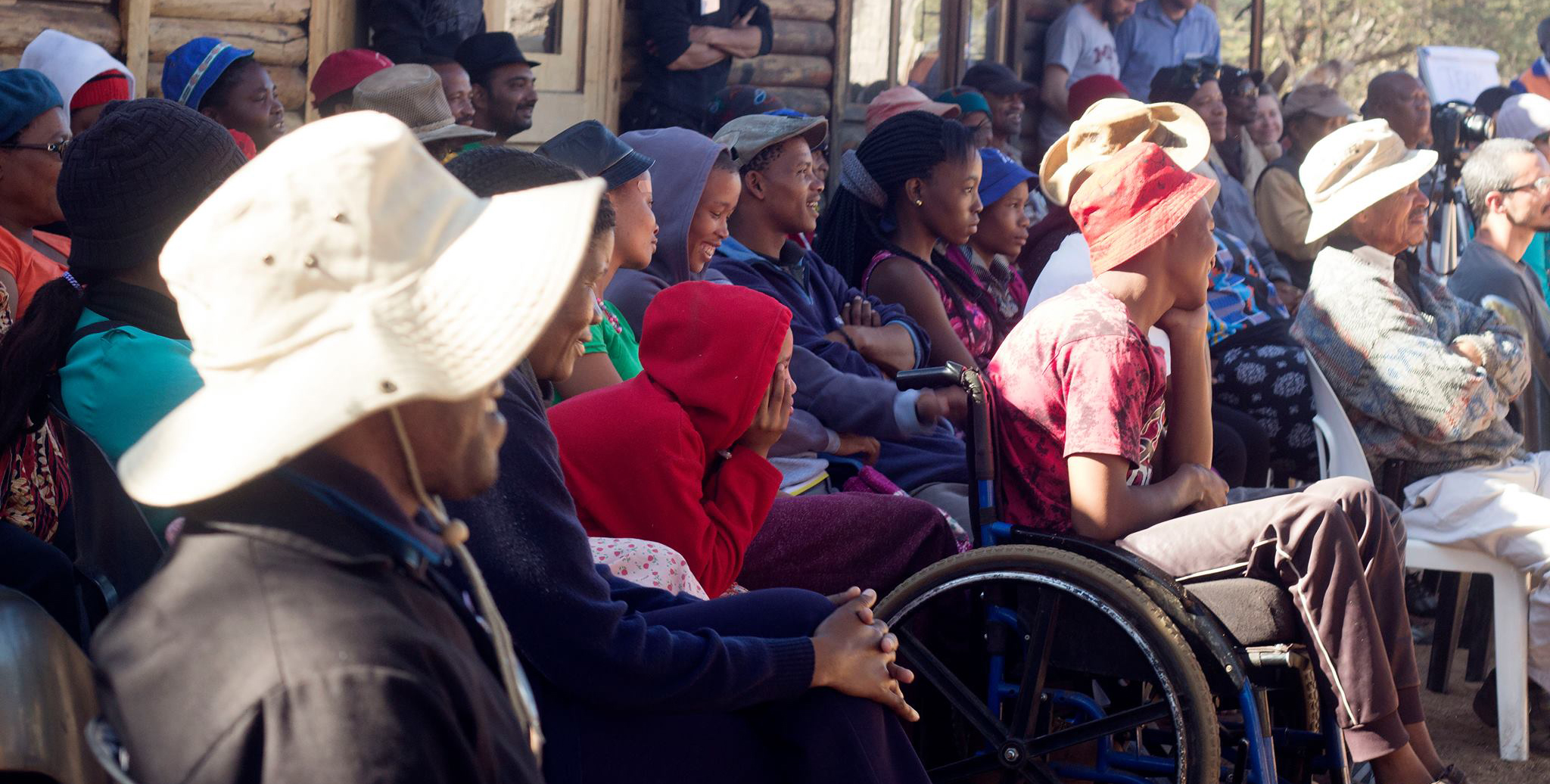IDDS Roots: A reflection on how IDDS came into being

On this day (July 16th), ten years ago, the very first IDDS began. At that time, we had no idea what it would become, but looking back, I think we would have been very happy with where we are today. In celebration of our 10th anniversary, and over the next few weeks, I will be posting monthly blogs about the history of IDDS. I hope that those of you from recent IDDSs will get a glimpse into the past, and for those of you from the past, I hope you’ll get to see a little of what IDDS has become.
As I am finishing this post, it is the beginning of the final day of the Climate Change Adaptation IDDS in Colombia. I can’t help but marvel in appreciation at all the wonderful and dedicated people who have built upon the original IDDS vision and made it what it is today.
I’m happy to have this opportunity to share my reflections & recollections, and I hope that it is also an opportunity for all of us to reconnect and reminisce. Please contribute to the unofficial IDDS History Month by sharing your IDDS stories.
With deep appreciation, nostalgia and joy,

IDDS Roots: A reflection on how IDDS came into being
In the early 2000’s I started going to my first academic conferences, the IEEE Frontiers in Education conference and the National Collegiate Inventors and Innovators Alliance (NCIIA) Annual Meetings. It was exciting to be with so many people who cared about design and education, but at the same time, a little frustrating, because it seemed like we had so much amazing brain power in the room, but we weren’t actually making anything. I started thinking, what if we had an event like this, and instead of presenting papers in fancy hotel ballrooms, we were in a workshop, making prototypes. Every time I went to a conference, this vision got a little bit stronger and a little bit clearer. I realized that it shouldn’t just be academics, but should include some of the amazing people that we worked with while doing work in the field. I wanted the event to bring together people from different backgrounds and from all over the world. I wanted it to be a truly co-creative event, with users and designers working together, joined by students and teachers, farmers and physicists, mechanics and masons, activists and artists. People from all walks of life, joined by a passion to make the world a better place.
This vision played around in the back of my mind for a couple years; it was something that I wanted to do, but there were a lot of moving parts and I wasn’t quite sure how to begin. Then the pieces started coming together… At a special session at one of NCIIA conferences, Paul Polak presented IDE’s $1 drip irrigation kit, and a lot of what he said resonated with me. I pulled together the courage to go up to talk to him afterwards, and found a kindred spirit and an amazing can-do attitude. Paul was having similar thoughts about the potential of design to make a big impact in addressing global poverty; he called his vision “Design for the Other 90%”, and it was one of the three revolutions that he felt were necessary for ending poverty (along with a revolution in agriculture and a revolution in markets). He wanted to engage 100 universities around the world in this revolution, and he had started working with Phil Weilerstein, the Director of NCIIA, to make it happen. In August of 2006, Phil gathered a small group to meet with Paul about his Design Revolution—me, Ken Pickar from Cal Tech, Jim Patel from Stanford and Vijay Modi from the Earth Institute at Colombia. As Paul talked about his vision for engaging universities, it seemed like my idea for a gathering would dovetail nicely with his plans. So I shared my vision—a convening where people from all over the world came together to design technologies that could improve the lives and livelihoods of people living in poverty. Coincidentally, at the time, the MIT Solar and Electric Vehicle Team was hosting a Vehicle Design Summit, with students from around the world working at MIT for a month to work on pushing the envelope of electric vehicle design. I shared some pictures of that event, and proposed the idea of an International Development Design Summit.
It was clear to me that this was the time to bring my simmering ideas to a boil. Ken Pickar was instantly and totally on board—he saw this as a great way to engage and inspire his students and to strengthen the partnership with the design program at the Universidad Rafael Landivar. Phil was equally enthusiastic and offered some start-up funds from NCIIA. Paul agreed to come out and be a key note speaker… The wheels had started to turn!!
I came back to MIT, invigorated by meeting and ready to make it happen. At the time, D-Lab didn’t have a formal staff—it was a largely group of volunteers and students who worked in a small office/workshop/lab in the basement of MIT’s infinite corridor. That summer, we had an intern; Kendra Leith had recently graduated from Wheaton College, and her advisor was so impressed by her abilities that he created an summer internship opportunity especially for her at D-Lab. She had been working with us for a few months and during that time, exuded organizational capacity. I talked to her about helping out with this idea, and she was excited. At the same time, a student from Olin College had been reaching out to me for a few months, as she was interested in getting involved with some of D-Lab’s work. When I mentioned this opportunity she said Yeeeah, in the way that only Laura Stupin can do.
So Laura and Kendra and I got to work… We knew that this was going to be a huge project and that we would need a lot of help, but we also wanted to have a framework in place before we started recruiting others to join the team. We held many meetings around the latrine-slab table in the D-Lab lounge. We talked about the community we wanted to create and how we could make everyone feel welcome and cared for. We thought about how we would recruit participants, where we would work and how we would live. We set up mechanisms to ensure that we did not discriminate against people with low connectivity or challenges with language or literacy. We wanted to create a community where everyone felt they could contribute and where everyone appreciated the contributions of others. We wanted to value the culture and diversity of the participants while also uniting them around a common vision.
As the plan for IDDS took shape, it seemed like it wanted to be bigger than a single program of a single university so we set out to engage programs at other universities as well. I reached out to Ken Pickar from CalTech, who had been such an enthusiastic supporter at the August meeting in Denver, and we tapped into his network. He recruited his co-instructor Mario Blanco as well as one of his all-star students, Amit Gandhi. I also called up an old friend from grad school, Ben Linder, to see if he would like to join us. I knew that he had an interest in doing work in the developing world, but it wasn’t really a focus of what he was doing at Olin College at the time. It was a win-win situation—Ben got connected to an amazing network of development people and projects, and we got connected to Ben, and the incredible depth of his understanding of design. In the spring before the summit was going to take place, I heard Paul Hudnut of Colorado State University speak at the NCIIA conference and was so impressed by his presentation that I stalked him on one of the conference outings. I “casually” sat next to him on the bus, and told him about IDDS. He had recently read a book called the Medici Effect, and was intrigued by the notion of interdisciplinary innovation and was happy to come on board and join our efforts.
We also needed to build a strong team at MIT, as the hosting institution, and fortunately there were many eager volunteers. I reached out to Gwyn Jones, one of our best volunteer project mentors at D-Lab. He mentioned that if he was going to be living on campus for a whole month, that it would be a lot easier if his wife could join him, so we set up a meeting with Ariel and became super excited about the dimensions that she would bring to the summit with her many years of experience in mentoring and advising students at Harvard. We also recruited student volunteers: Laura’s friend Mel Chua from Olin College, Jules Walter from the D-Lab charcoal project, Ashley Thomas and Patricia Pina from the D-Lab team that had traveled to Honduras, Radu Raduta from the pedal-powered washing machine team and Rob Bain and Manpreet Singh, enthusiastic D-Lab students on exchange from Cambridge University.
The team started meeting on a weekly basis to put all the pieces together. It was an incredibly complex undertaking, but it was a great team. Ben and Ken took the lead on developing the design framework for the summit. I took the lead on coordinating the MIT facilities (labs, workshops, dormitories) recruiting guest speakers, getting sponsors and managing the overall schedule. Ariel and Gwyn managed the mentor program and different people on the team took over specific events as the program started to take shape.
Probably the most exciting part of the summit preparation, and what made it the most real, was selecting the participants. We had no idea who would apply. We had recruited people on our January D-Lab field trips, we had sent out e.mails, we had reached out to friends and professional networks… but we were nervous—what if no one applied??!! Well, when the deadline came around, we were stunned by the quality and quantity of applications we received. It turns out that a lot of people were hungry for this kind of event. We all chipped in on reviewing the applications and set out to select the diverse group of people that would make up the first IDDS. It took many hours of meetings and discussions, but we finally managed to select what we thought would be a great blend of backgrounds and experiences (and we were right!!). To this day, this is one of my favorite moments in summit preparation; it is where the summit comes to life and the IDDS family takes its first breath.
Once we selected the participants, Kendra and Laura took the lead on actually getting them to MIT. Working with the International Students Office and the Visiting Scholars Office, they navigated the complex waters of visas and embassies, and managed to remain cheerful (though occasionally frustrated) throughout it all. We worked through the logistics of housing, transportation and translation. We organized workshops and lecture halls. We reached out to local design firms, IDEO and Design Continuum, to facilitate design methodology sessions. We read about interesting technologies and invited people to come and talk about them. We found interesting books, and got free copies to give out to the participants. We wanted to create an amazing experience for the participants, so we planned field-trips, technology demonstrations, guest lectures, films, sports days and cultural nights, as well as an international potluck dinner and a talent show.
All of our planning culminated on July 16, 2007, when the first IDDS kicked off at MIT. Join us next week for a reflection on the details of that summit.
In the meantime, I invite you to participate in this retrospective journey and to share your IDDS stories—how did you get there? what were your roots? Please either post a comment below, or write your own blog post and send it to idds-10@mit.edu We look forward to hearing from you.






